Since I was introduced to the concept of heap of a process, I have been assuming that the OS allocates it at the creation of the process. But then I was doing some research and read a statement here. It says:
When a program asks malloc for space, malloc asks sbrk to increment the heap size and returns a pointer to the start of the new region on the heap.
If I understood what's been said, the OS allocates 0 cell for the process's heap, and it is only by calling malloc that the process gets some heap cells. And for me this makes more sens for the expression "dynamic allocation". Is this correct ?
